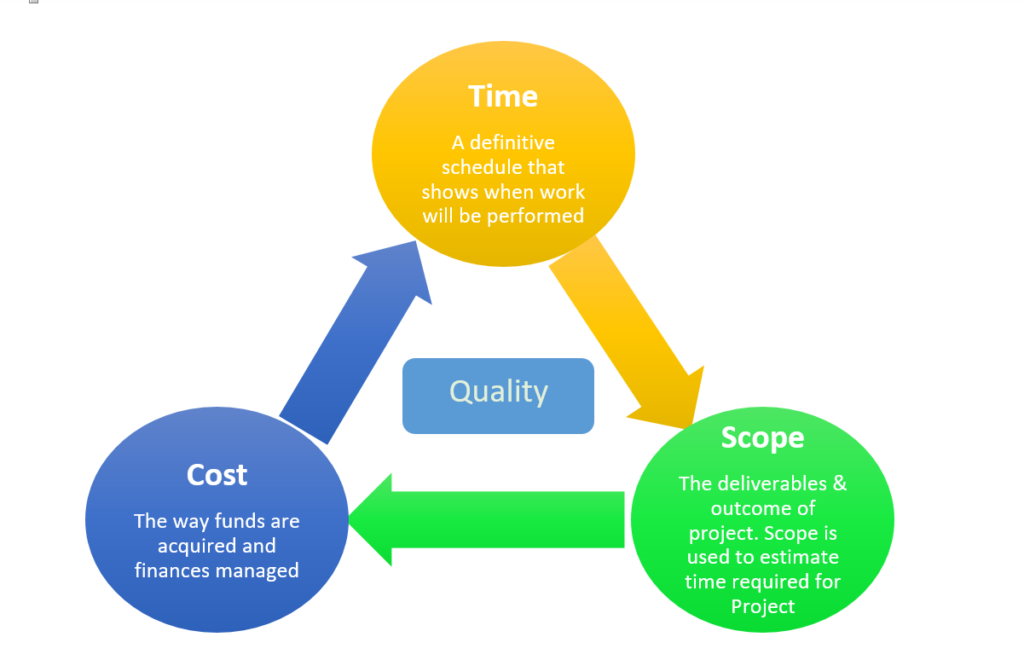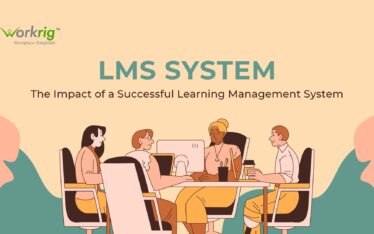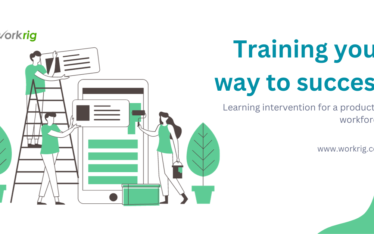Measuring & analyzing data across all Project Management Phases

We’re moving to a project economy, and the only way to get work done is through effective project management. By definition, project management is the way we apply processes, techniques, knowledge, and skill-sets to achieve a project objective. Along with project criteria and parameters, project management has deliverables with definite timelines and budgets. A project has 3 primary building blocks:

Project Management Phases
Project Initiation
The initiation phase of a Project is when a lot of decisions regarding the structure of a project need to be taken. Data related to Project Owners, alignment of the project in an organization, the capturing of information regarding Billing & settings, Type of Project- Fixed Cost, Time & Material or Hybrid etc need to be captured. This has an impact on the Monitoring & Reporting activites of a Project. Having a tool to capture this information and correlate it to Analytical activities, helps gain valuable insights into the Project.
Project Planning
It’s imperative to schedule each project with a complete portfolio in place- and this comes with coordinated project start dates and allocated employees. Let’s see how:
- Plan start dates for multiple projects: If you have the same resources working on multiple projects, you should plan each resource’s start and completion dates to avoid overlapping
- Look out for inter-dependencies: and schedule the dependent projects after the initial ones have been completed
- Flag duplicate tasks, if any: If you have the same type of work in two different projects, make sure to consolidate it so that both projects are on track. The timing makes all the difference in keeping multiple projects on track and helping your team be productive.
Project Execution
Execution of a Project consists of activities such as identifying a team, assigning tasks, Resource management, budgeting & costing related activities. It is also important to define goals, plans, and responsibilities at this stage. A defined workflow ensures deliverables are consistent with timelines to prevent any fall through the cracks. Outlining goals as per the schedule and defining responsibilities for completing tasks is essential for the project planning process. Also, a project with a clear plan involves build in time for feedback and approvals. When it comes to responsibilities, set team-level objectives and communicate the timelines, deliverables. Having a collaborative tool for Project related activities gives the team a view of their responsibilities and deadlines, keeping everyone on track.
Project Monitoring &Tracking
Although planning is carried out in the early stages of a project,continuous monitoring ensures the project remains on schedule and budget, resources are available, and the expected benefits are delivered. Estimates, deadlines, and milestones may need to be changed as the project progresses.Project tracking lets project managers and stakeholders the progress of the project, and the Resources Utilized for achieving this progress. It also helps them create an Earned Value Analysis by measuring project variance and tracking milestones. The key to project tracking is the use of project tracking tools and project management techniques. For example, a Gantt chart allows managers to track project progress by providing an overview of tasks, work, and milestones at any point of the project life cycle. Other project reports, like status reports, can gather other details that provide further insights into task deliverables, risks, and performance. This data can then be shared and distributed to the project team and stakeholders to keep them updated at all times.
Risk Reporting & Mitigation
Changes happen through a project lifecycle. Project Scope is defined at the initiation phase, but as the project progresses, certain changes to scope are inevitable.Project managers need to add requests to the requirements and prioritize tasks based on value. Not everything can be included in the scope, without evaluating the value and the impact on timelines and budget. Having a tool in place to calculate the impact of Change Requests on Schedule & Cost is crucial.
Projects inevitably face challenges and issues. These issues can include budget and timeline risks, incidents, and opportunities. Project managers who identify and complete their risk assessment early on will better circumvent impending issues. However, they must have a real-time view of their work to identify and mitigate unforeseen risks before impacting the project timelines and budget. Since every project comes with some amount of risk, having risk management tools and processes in place can help you identify, monitor, and find solutions efficiently. Some benefits of using risk management software include:
- Greater Transparency: Project managers can manage and prioritize project risks with the best reward outcomes
- Great Internal Controls: Project managers that closely monitor and manage their risk show more ownership of their projects than those who don’t
- Strengthened PM Operations: More knowledgeable project managers are better at predicting risks for future projects
- Stakeholder’s Trust: Showing that you have the right tools and processes in place to stay ahead of risk puts stakeholders minds at ease

Wrapping Up
Project managers need to have a constant monitoring of Projects and have a real-time way to identify, capture, track, manage, and report on their project status.The clients and stakeholders define project goals and objectives. A project manager applies project management methodologies to develop a plan that establishes the resources, tasks, milestones, and deliverables necessary to meet client and stakeholder requirements.




